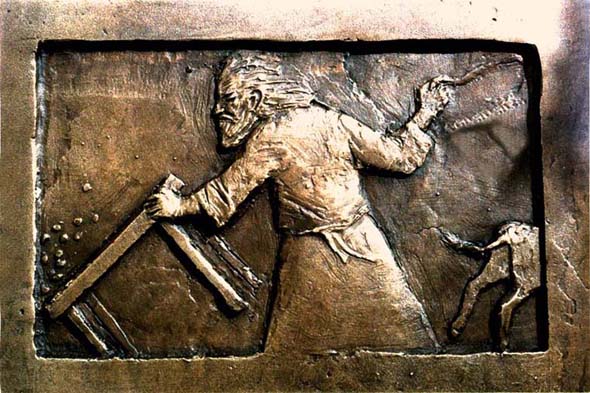The Gospel reading for the liturgy marking the feast of the dedication of the Basilica of St. John Lateran depicts the infamous scene of the cleansing of the temple by Jesus, as narrated by the Gospel of John (2:13-22). Instead of the Synoptic Gospels' more familiar rebuke of turning a place of worship "into a den of thieves", John's Gospel depicts Jesus making the more matter-of-fact exhortation "stop using my Father's house as a market" (2:16), before then drawing an identification of the temple with his own body (2:21). The Gospel then not only identifies the Body of Christ with the temple, but also identifies the proper use of the temple, which is worship.
The motif of the market in John may sound far less dramatic than the angry denunciation in the Synoptic counterparts, until one considers that there is a high probability that the Johannine author also penned the Book of the Apocalypse. The significance of this link can be gleaned when the reader goes to chapter 13, which depicts a famous scene of the emergence of the first beast.
The beast's significance lies in its attempts to mimic the lamb (Christ) depicted in earlier chapters. Like the lamb, this beast has a great wound which does not it. Like Christ in the Gospels, the first beast has a disciple that "worked great miracles" (13:15). Like the lamb, the beast is positing itself as the centre of a liturgical act, as depicted in a great song of praise by a multitude in Chapter 4.
More significantly, however, like Christ in the Gospels, the first beast also obliquely identifies himself with a kind of temple, where worship comes in the form of buying and selling (13:17). In an inversion of the cleansing of the temple, the beast is attempting to be like Christ by itself being used as a market.
Labels: bible, Church and Culture, economics, liturgy
